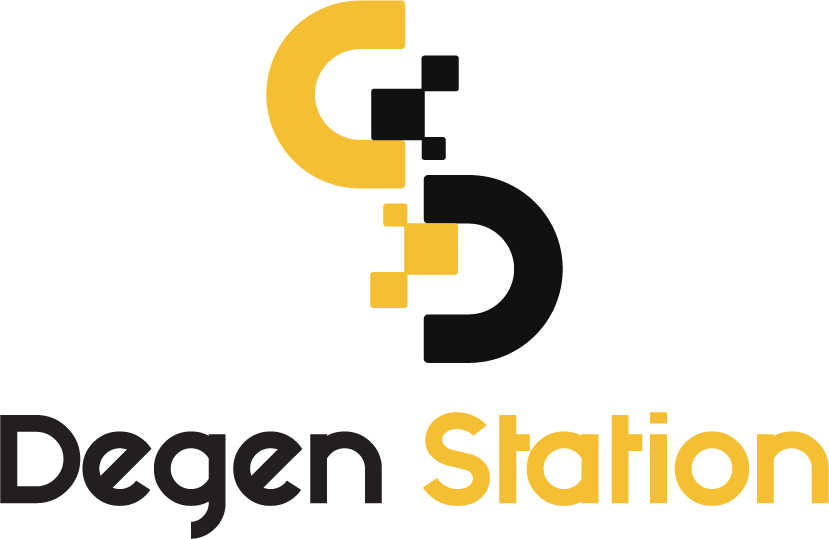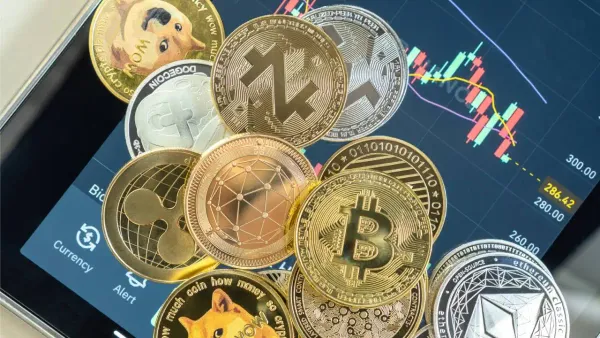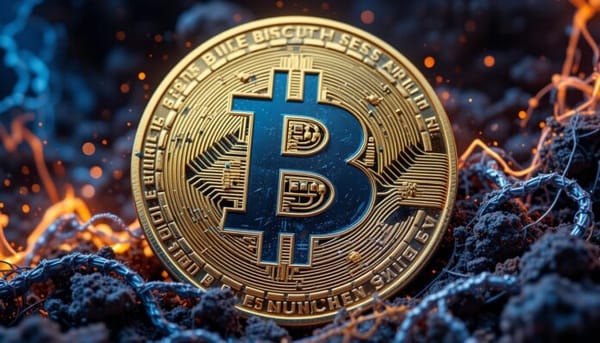Aave Continues "War" with MakerDAO Over Profit-Sharing Mechanism
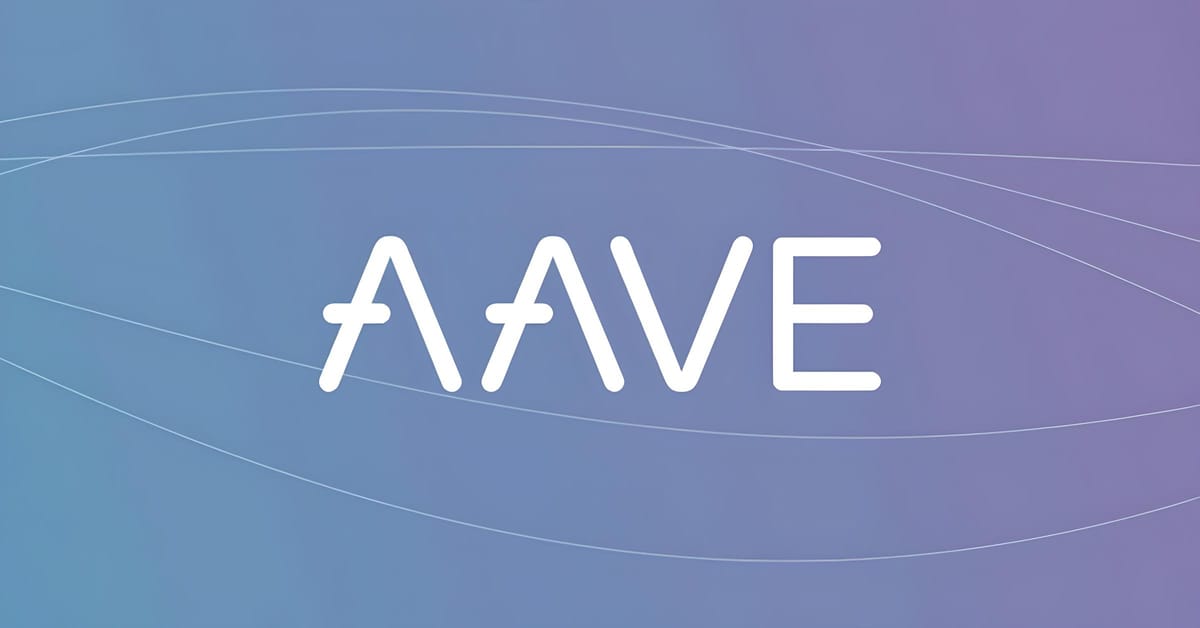
The Aave community has recently published a proposal to clarify the profit-sharing issue with Spark Protocol, MakerDAO's lending product branch.
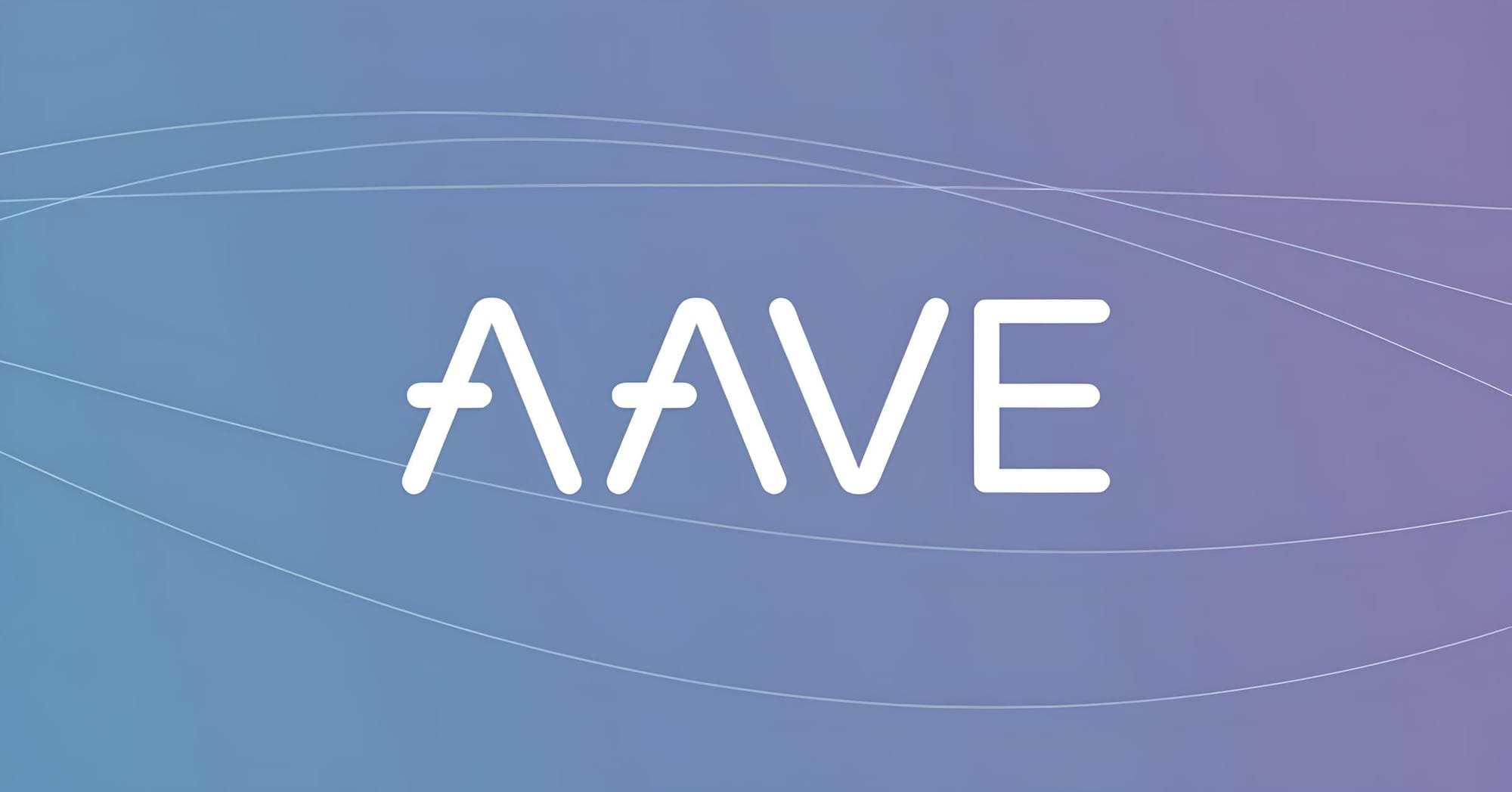
Aave Continues "War" with MakerDAO Over Profit-Sharing Mechanism
In a forum post on the Aave DAO on the evening of July 4, author MarcZeller highlighted MakerDAO's use of financial maneuvers to avoid paying the profit share owed to Aave as previously agreed.
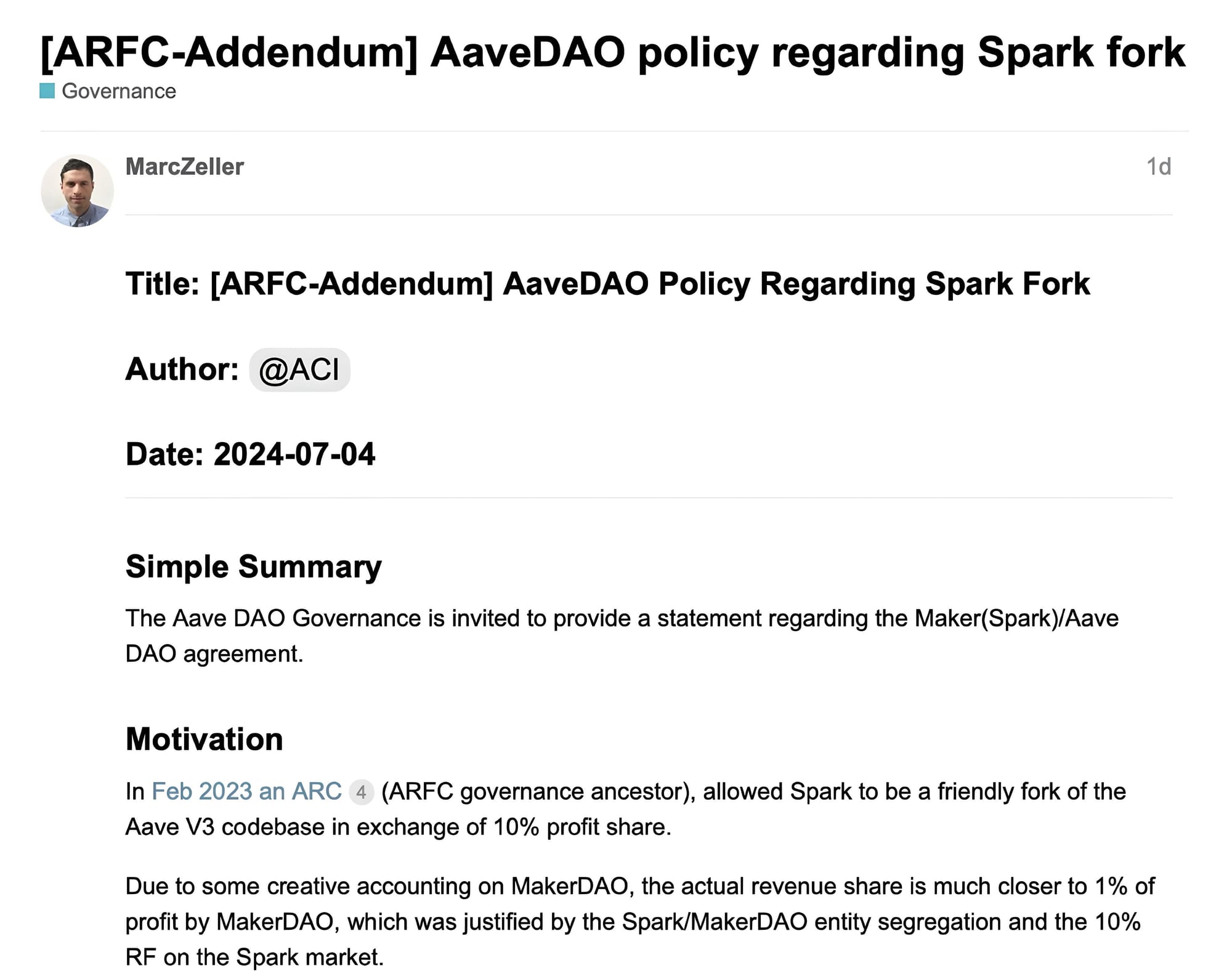
Specifically, because Spark Protocol is a fork of Aave, it agreed to share 10% of its profits from the protocol's operations. According to the February 2023 agreement, when Spark's lending market reached 100 million DAI, the profit-sharing mechanism would be activated.
The value subject to the 10% profit share is calculated as: "Interest earned from DAI borrowers" minus "Interest paid to DAI suppliers."
MarcZeller pointed out that since 97.8% of the DAI liquidity injected into Spark comes from MakerDAO, a significant portion of the money Spark has to pay out flows back to MakerDAO. He called this an "accounting trick," reducing the amount Aave receives to just 1% of MakerDAO's total profit.
Furthermore, arguing that Spark is part of MakerDAO's Endgame plan, MarcZeller suggested that both entities are essentially the same organization, proposing a new profit-sharing structure to ensure the sustainability of DeFi protocols in general.
The post also presented three approaches for Aave DAO:
- Declare that Spark has breached the initial agreement and revoke the fork authorization.
- Restructure the proposal, reopen the D3M program to maintain the partnership between Aave and MakerDAO.
- Abstain from voting (blank vote), leaving the proposal structure unchanged.
This proposal will undergo a Temperature Check (preliminary vote) to gather feedback before being formally voted on Snapshot.
Previously, the relationship between Aave and MakerDAO had been extremely tense over the integration of Ethena's USDe. At one point, Aave even proposed removing DAI from its lending platform's collateral list due to the risks associated with DAI's heavy exposure to the USDe stablecoin.
Despite this, it is evident that the primary reason for these conflicts is that both entities are stepping on each other's toes in two key areas: stablecoins and lending. Aave's GHO stablecoin has recently expanded to Layer-2 Arbitrum to further grow its supply.
GHO is now available on the @Arbitrum network, the largest Ethereum L2 by value locked and monthly active wallets.
— Aave Labs (@aave) July 2, 2024
🌐 This marks the DAO's first new market in its phased GHO cross-chain expansion strategy. pic.twitter.com/6pokRGRxvF
Returning to Aave, this new proposal is part of the platform's efforts to optimize revenue from its business operations. Recently, Aave reported its sixth consecutive profitable quarter, although the figures remain modest compared to previous losses.
👻💰@Aave had its 6th profitable quarter in a row. pic.twitter.com/ZmRcDE02xl
— Token Terminal (@tokenterminal) July 1, 2024
In May, Aave announced its V4 development roadmap, focusing on integrated liquidity across different chains and optimizing interest rates for users. In addition to EVM chains, Aave is also proposing expansion to the non-EVM ecosystem Aptos.
